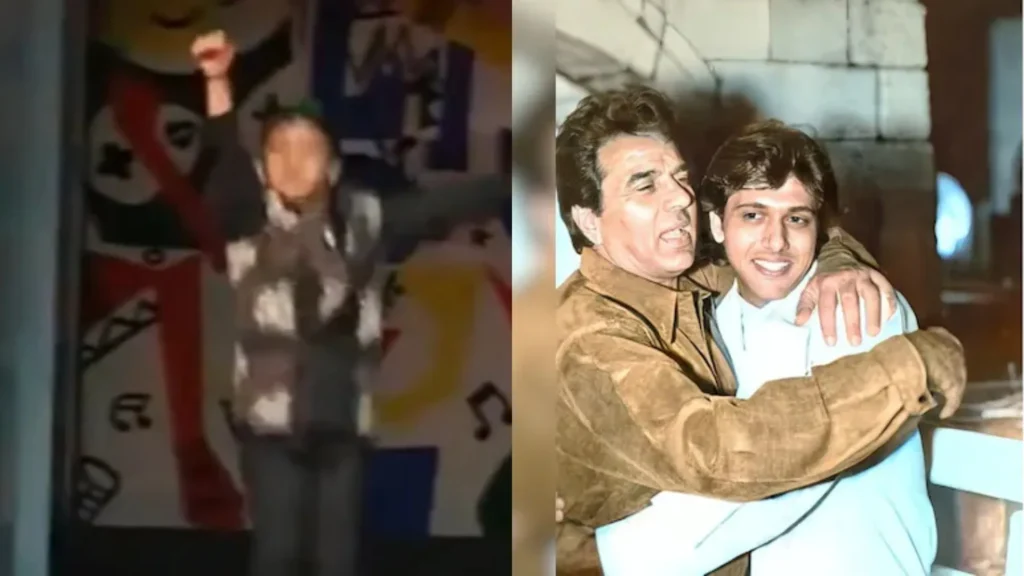Now Reading: 1970s Tourism Ad Becomes Viral Throwback Sensation
-
01
1970s Tourism Ad Becomes Viral Throwback Sensation
1970s Tourism Ad Becomes Viral Throwback Sensation

New Delhi, November 11, 2025: A captivating vintage tourism advertisement showcasing the city then known as Bombay in the 1970s has recently gone massively viral, captivating a new generation of viewers and invoking powerful nostalgia among older residents. The beautifully preserved footage, which was created decades ago to promote the city’s charm and attractions, has been widely shared as a remarkable “throwback gem,” contrasting sharply with the hustle and bustle of modern Mumbai.
The Details of the Retro Tourism Campaign
The short advertisement was filmed during a period when the city was known for its quieter pace, distinct colonial architecture, and burgeoning cultural scene. The clip featured iconic landmarks such as the Gateway of India, the serene stretch of Marine Drive, and the busy but less congested streets.
The visuals were accompanied by a classic, melodious background score and a voiceover that lovingly promoted Bombay as a destination of elegance and charm. The high-quality production of the vintage ad was praised by viewers, who appreciated the clear documentation of the city’s past.
Also Read: Delhi Metro Fight Attributed to Stress
Internet Reacts with Nostalgia and Awe
The viral success of the video was driven by two main factors: profound nostalgia for those who remember the 1970s and awe from younger viewers who were seeing a completely different version of their city. The footage was circulated with comments that lamented the loss of the city’s old-world charm, often focusing on the dramatic increase in population and vehicular traffic over the decades.
The comment section was filled with personal anecdotes, as people recalled simpler times and slower commutes. The ad was celebrated for its historical value, successfully triggering a collective memory of the city’s golden era.
A Powerful Contrast to Modern Mumbai
The resurgence of the vintage ad has served as a powerful social commentary, implicitly contrasting the “Beautiful Bombay” of the past with the challenges of contemporary Mumbai. The video has been used by many to discuss urban planning, overpopulation, and the relentless speed of modern life. The clear visual evidence of less pollution and greater open spaces has intensified the public debate on maintaining green spaces and preserving historical architecture in the rapidly developing metropolis. The clip has thus transcended its original purpose as a tourism ad to become a significant cultural document.










